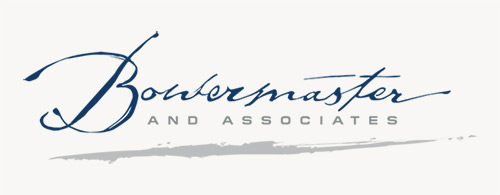ESM/Bowermaster Managing the First 5 Critical Days After An Injury
When an injury occurs, it is important to have a process in place to ensure compliance with Workers' Comp and Cal-OSHA requirements. Following companies' best practices that ensure all key stakeholders are aligned with a recovery and return to work strategy will help achieve the best outcome. An employer sets the tone for the optimal result during the first five critical days after an injury. Join us for a 30-minute webinar where we will discuss managing the first five critical days after an injury.


